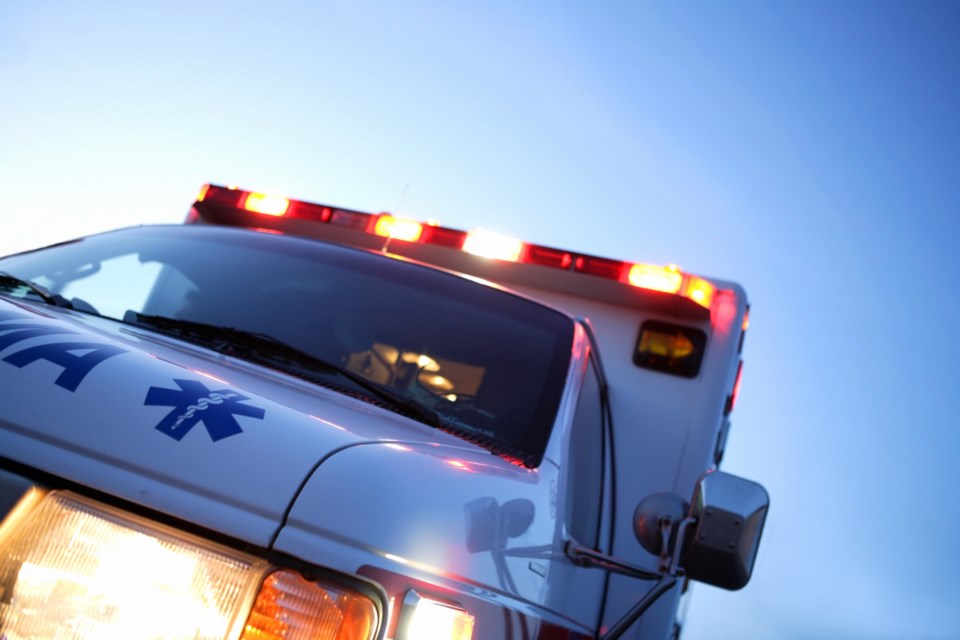Editor’s note: The following resources were used for this article: Prairie Dreams by Adeline Clark, This way Homesteader by Carnduff Jubilee Committee, Further along the Furrow by Oxbow-Glen Ewen History Book Committee and Echoes of the State by Carnduff and District Historical Society.
SOUTHEAST SASKATCHEWAN - In the early 1900s, long before any hospitals were formed, when the patient was too sick or injured to come to the doctor’s office, the doctor would have to come to the patient even though the way was often treacherous.
A patient’s treatment facility was most often a person’s own home and their own bed.
Horse and buggy were the most common means of conveyance and the caregiver would often be out in the dark, as this was long before street lamps, with little light to guide their way. As well as the obstacle of lack of light, the nature of life in the Prairie regions with its wind, rain and blizzards were something often contended with.
If a small town was lucky enough to boast a doctor they would often have an office in town, or see people out of their homes. However, the doctor would cover a large area, and be called upon from great distances, especially considering the condition of the dirt-packed roads.
In 1902 a Dr. Fife came to cover the districts of Gainsborough, Carievale and Pierson. Borders were not the restrictions to health care as they are now. There were even doctors that covered areas both in Canada and the United States.
In 1919 when many took ill from the flu, Dr. Fife slept in his cutter for three weeks, travelling non-stop to treat patients until he became sick himself.
The first doctor in Carnduff was a Dr. Campbell, followed by Dr. Lockhart, then in 1920 a Dr. Brereton. It was Dr. Brereton desire to open a home in town, to streamline service, for the seriously ill and expectant mothers. This would save pregnant mothers from the worries that came with travel when the child decided to come, as well as cut down on the arduous individual trips that the doctor would have to make, spending more time treating patients instead of travelling to them.
It was a Mrs. Reid, who had been a housewife from Carnduff, who brought Dr. Brereton’s dream to fruition by opening her house and making it into a makeshift hospital. From 1919 to 1954 her house served as a treatment station, housing hundreds of babies and mothers as well as others in need of medical assistance.
Mrs. Reid did not only stay at the home in Carnduff to help, she also went out into the barely-tamed country whenever there was a call or need. Day or night, at any hour, there may be a knock at her door and a plea to come, and she would, though there are stories of her going out in blizzards as well as her buggy getting stuck in muddy conditions and having to get rescued by a stone boat, which was a low, flat cart pulled by horses.
There was one instance at 2 a.m. when she was awakened by two strange men that spoke very little English. They gave her a note that said “Baby is very ill. Come at once” and without any regard for her own safety she went with them into the night.
Mrs. Reid wrote “I could have been killed. I didn’t think then of the danger in going out at that hour with those characters. I only knew someone needed me!”
Another doctor that served the area were Dr. Pomeroy. He had the reputation of never refusing a patient no matter what the weather was. In 1936 with temperatures that dropped to -56, Pomeroy and his driver Wes Beamish drove to a patient in need and Wes froze his face in the exposed cab. Pomeroy tried to establish a hospital in 1925 but didn’t have the support of the community.
In the 1920s, Dr. Tripp in Oxbow had a phone which made it easier for people trying to track him down and ask him to come, as John Knight had done when his young girl had slipped through the ice in the early spring and broken her leg. Knight had called the phone office and got transferred to the doctor, who thankfully was home and soon arrived at the Knight household.
Knight helped Dr. Tripp set his daughter’s broken leg after she had been given chloroform. She stayed for seven weeks on bedrest and Dr. Tripp would come for house calls when in the area.
This pattern of health care continued until the early 1950s when more established hospitals were financed, built and staffed in the local towns.




